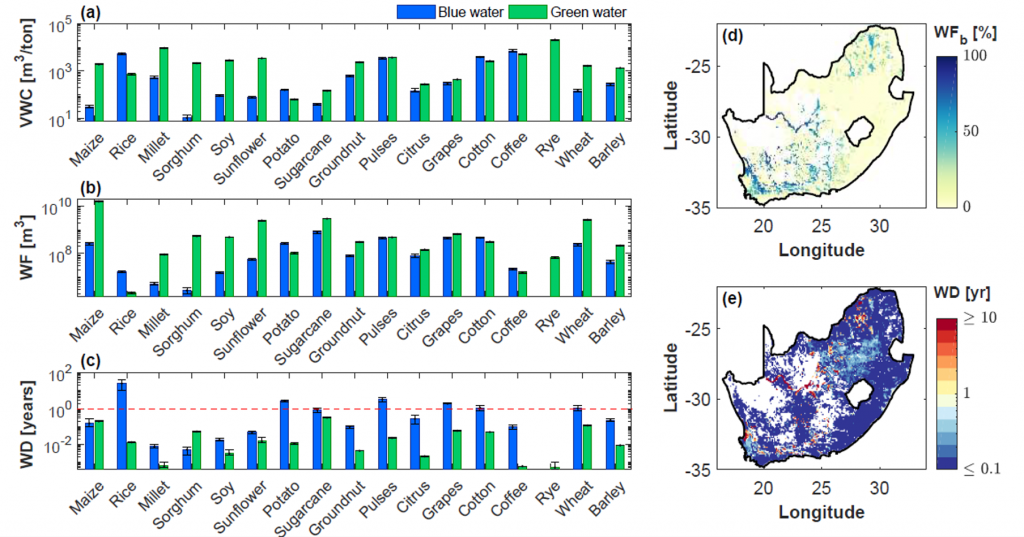
The increasing global demand for agricultural products combine with the severe water scarcity that characterizes many of the world’s regions is placing unprecedented pressure on water resources. Similarly, intense agricultural use of soils not infrequently exceeds soil resilience so that the rate of erosion in many agricultural areas greatly exceeds soil formation, leading to severe land degradation (i.e., modified soil physical and chemical properties, alteration of carbon and nutrient cycles) and subsequently reduced agricultural potential
At CHANGE, we seek to devise strategies for water and soil resource management in agriculture. To this purpose, we use and develop mathematical frameworks for the assessment of soil and water sustainability and use them to quantify the impact of agricultural land use and climatic variations on the environment.
People | Francesca Bassani, Qiming Sun
Projects | Swiss cropland suitability (E4S), SMART-AGRI (SNSF)